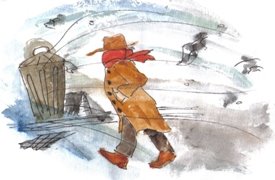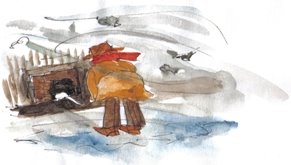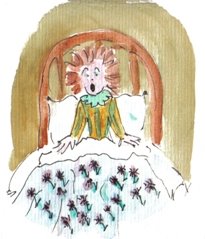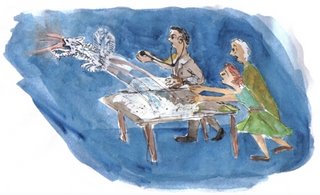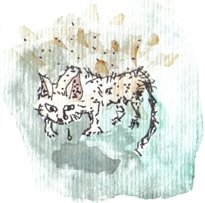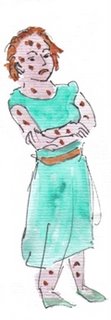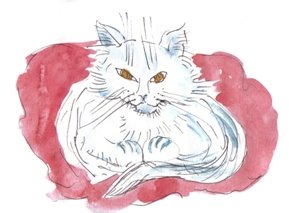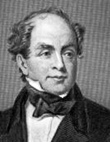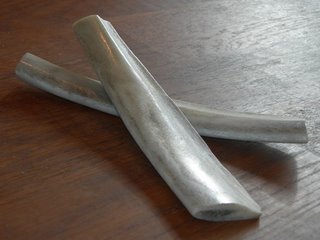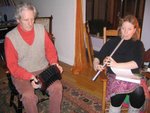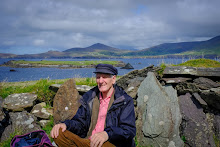 Last Sunday there was a celebration for the posthumous launch of the biographical book Are you Going Home Now? by Michael Delaney (Mícheál Ó Dubhshláine.) The event took place at Kruger’s Pub in Dún Chaoin which is said to be the most westerly pub in Ireland. Michael was, until his recent retirement, the principal of Scoil Náisiúnta Naomh Gobnait, Dún Chaoin and was once at the centre of a local controversy that became a national issue. It was even featured as cover story for National Geographic at the time. Michael began teaching at the school in an unofficial capacity after the government of the day closed the school in 1970 and local people funded his salary. For more information on Michael go to Gaelport.
Last Sunday there was a celebration for the posthumous launch of the biographical book Are you Going Home Now? by Michael Delaney (Mícheál Ó Dubhshláine.) The event took place at Kruger’s Pub in Dún Chaoin which is said to be the most westerly pub in Ireland. Michael was, until his recent retirement, the principal of Scoil Náisiúnta Naomh Gobnait, Dún Chaoin and was once at the centre of a local controversy that became a national issue. It was even featured as cover story for National Geographic at the time. Michael began teaching at the school in an unofficial capacity after the government of the day closed the school in 1970 and local people funded his salary. For more information on Michael go to Gaelport.One thing I have to say for the people of West Kerry is that they really know how to celebrate- how to make an occasion special. There was a great turn-out for the book launch with poets, singers and musicians aplenty. We even had some songs in the old style (sean nós.)

There is in any case a great session every Sunday evening at Kruger’s with box player Aine Ui Laoithe, whistle and bohran player Eilín Chéarna and fiddler Feargal Mac Amhlaoibh. Although the standard is very high, it is an open session with a welcome to visiting musicians. Aine and Eilín have a very good CD of music and songs of the Blasket Islands called Mná an Oilean.
I will give a source for the book Are You Going Home Now? as soon as distribution is worked out.
Irish Music Sessions
